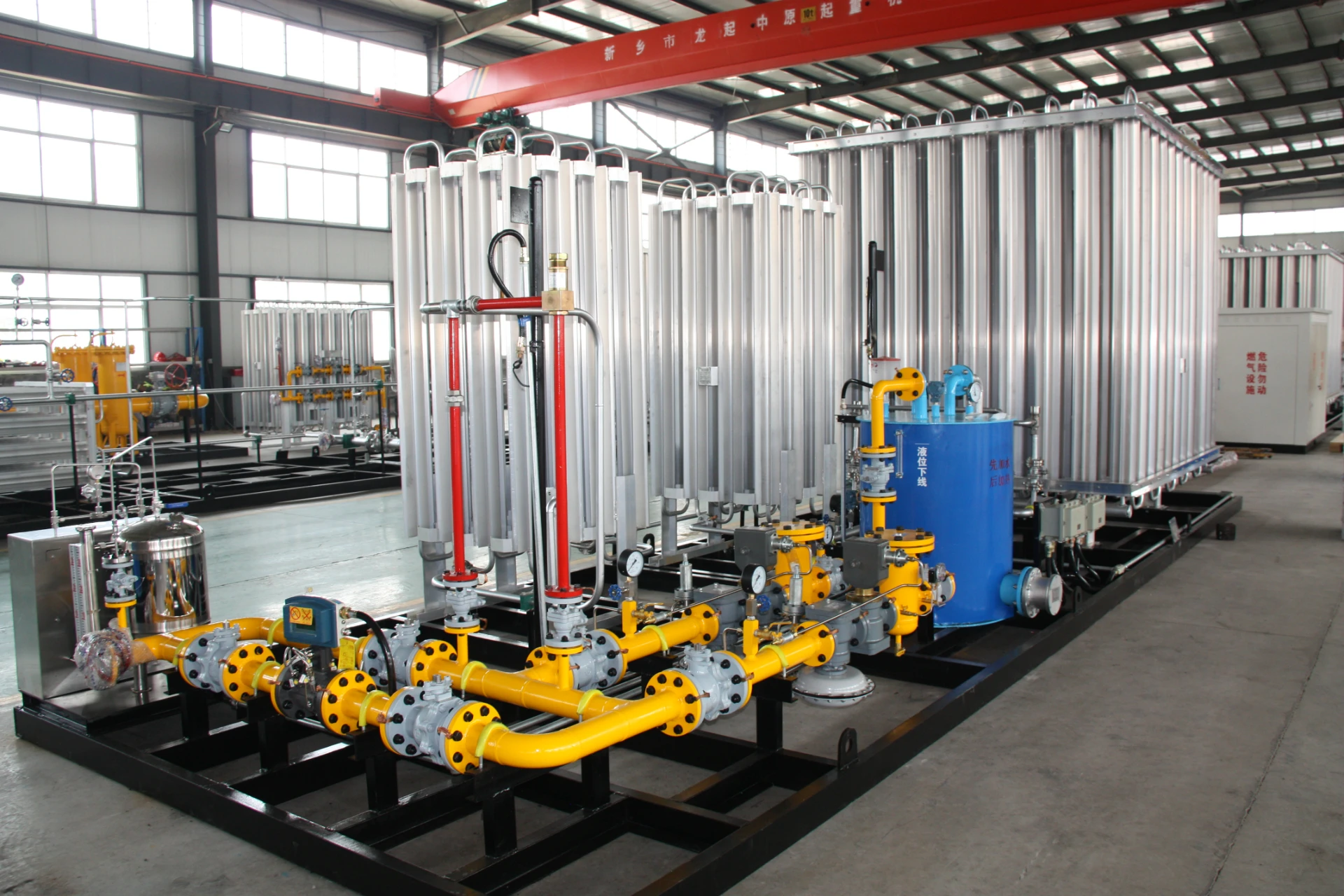
Dec . 12, 2024 10:17
Back to list
معدات الغاز الطبيعي
Natural Gas Equipment Essential Tools for Efficiency and Safety
Natural gas is one of the most important energy sources in the world today, powering homes, industries, and vehicles with its efficiency and relatively low environmental impact compared to other fossil fuels. The extraction, processing, transport, and consumption of natural gas require a wide range of specialized equipment designed to ensure safety, efficiency, and reliability. In this article, we will explore the various types of natural gas equipment, their functions, and their significance in the energy sector.
1. Extraction Equipment
The journey of natural gas begins deep beneath the earth's surface, often alongside oil deposits. Extraction equipment, including drilling rigs, blowout preventers, and wellheads, is crucial for tapping into these underground reserves. Modern drilling technologies, such as hydraulic fracturing (fracking) and horizontal drilling, have made it possible to access previously unreachable gas deposits, significantly boosting production.
Blowout preventers are critical safety devices that prevent the uncontrolled release of natural gas or oil during extraction. These robust systems can withstand extreme pressures and conditions, ensuring the safety of workers and minimizing the environmental impact of drilling activities.
2. Processing Equipment
.
Separators are designed to separate gas from liquids, while dehydrators remove moisture from the gas to prevent pipeline corrosion and hydrate formation. Sweetening units play a vital role in removing sour gas components to enhance the quality of the natural gas, making it suitable for distribution and consumption.
معدات الغاز الطبيعي

3. Transport Equipment
Transporting natural gas from production sites to consumers requires an extensive network of pipelines and associated equipment. Compression stations, which are essential for maintaining the pressure of gas within pipelines, enable the efficient long-distance transport of natural gas.
Furthermore, liquefied natural gas (LNG) technology has become increasingly important for transporting gas over long distances, particularly where pipelines are not feasible. LNG facilities use cryogenic technology to cool natural gas to -162 degrees Celsius, transforming it into a liquid state for easier transport in specialized LNG carriers.
4. Distribution Equipment
Once natural gas reaches distribution points, it must be delivered to end-users, including residential, commercial, and industrial consumers. Distribution equipment comprises pressure regulation stations, metering systems, and safety shut-off valves that ensure the safe delivery of gas to consumers' premises.
Pressure regulation stations control and reduce the pressure of the gas before it enters the distribution network, while metering systems measure the volume of gas consumed for billing purposes. Safety shut-off valves are essential for preventing leaks and controlling the flow of gas in the event of a malfunction.
Conclusion
The equipment used in the natural gas industry plays a vital role in ensuring the safe, efficient, and reliable delivery of this essential energy resource. As global energy demands continue to grow, advancements in technology and equipment are crucial in enhancing the sustainability and safety of natural gas operations. From extraction and processing to transport and distribution, the natural gas industry relies on a sophisticated array of equipment to meet the needs of consumers while minimizing environmental impact. Ensuring these tools are up to date and well-maintained is essential for the ongoing success of the natural gas sector.
Next:
Latest news
-
Safety Valve Spring-Loaded Design Overpressure ProtectionNewsJul.25,2025
-
Precision Voltage Regulator AC5 Accuracy Grade PerformanceNewsJul.25,2025
-
Natural Gas Pressure Regulating Skid Industrial Pipeline ApplicationsNewsJul.25,2025
-
Natural Gas Filter Stainless Steel Mesh Element DesignNewsJul.25,2025
-
Gas Pressure Regulator Valve Direct-Acting Spring-Loaded DesignNewsJul.25,2025
-
Decompression Equipment Multi-Stage Heat Exchange System DesignNewsJul.25,2025

